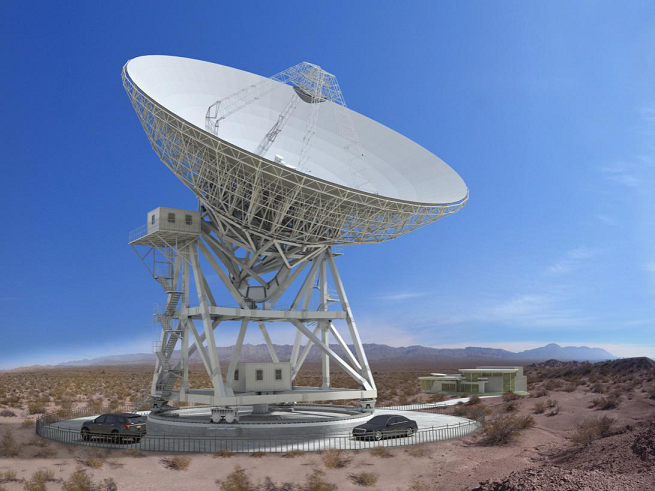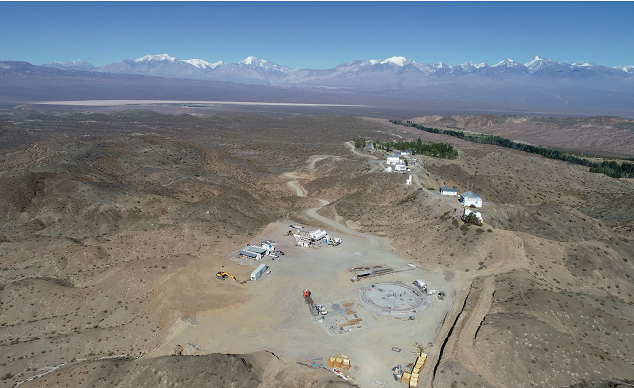The China Argentina Observational Station (NAOC)
Astronomical collaborations between China and Argentina was initiated in 1989, when a Photoelectric Astrolabe (PAII) was automated by the Beijing Astroomical Observatory (BAO) and moved to the Felix Aguilar Astronomical Observatory (OAFA) of the National University of San Juan (UNSJ). In 2006, a Satellite Laser Ranging (SLR) developed by NAOC was erected at OAFA, which has been operating smoothly within the past years (till 2014) and the joint project turned out to be successful.
To further extend and strengthen the astronomical collaborations between China and Argentina, the South American Station was founded by NAOC in 2010 and renamed in 2019 as the China Argentina Observational Station.
As a result, a 40 m radio telescope, the China-Argentina Radio Telescope (CART) was funded by the Ministry of Science and Technology of China (MOST) and is being built at the CESCO Observatory of UNSJ via joint-efforts in the San Juan Province of Argentina. Up to 8 wavelength bands was designed and CART is destined to carry out radio observations in the frequency range of 1-45 GHz, both as a single dish and a VLBI antenna. Synergies with AGGO, LLAMA, ALMA and other facilities around the globe are planned for co-investigations and cooperation based on VLBI, in fields of both geodesy and astronomy.
In 2017, the CART project was included into the joint-declaration between China and Argentina and the notes of the permanent committee in order to guarantee the successful implementation of the cornerstone project in the regime of scientific cooperation. To date, more than a dozen joint-agreements and MOUs have been signed among NAOC, the Chinese Academy of Sciences (CAS), the National University of San Juan (UNSJ) of Argentina, the National Scientific and Technical Research Council (CONICET) of Argentina to further boost collaborations in astrometry, astrophysics, technical development, and facility construction. Joint-astronomical investigations in fields of interstellar medium (ISM), star formation, supernova remnants (SNR), astro-chemistry, Galactic magnetic fields, pulsars and dedicated regional surveys in the southern hemisphere are planned for the testing phase and especially the routine operation of CART.
Based on the CART platform and the fruitful astronomical collaborations within the past decades, CAS and CONICET signed on Dec. 2, 2019 a framework agreement for the establishment of the China-Argentina Science and Technology Center to meet the needs for future development and cooperation.

The joint-CART prject between China and Argentina

The observational facilities at the China-Argentina Observational Station

Current status of the CART on-site construction